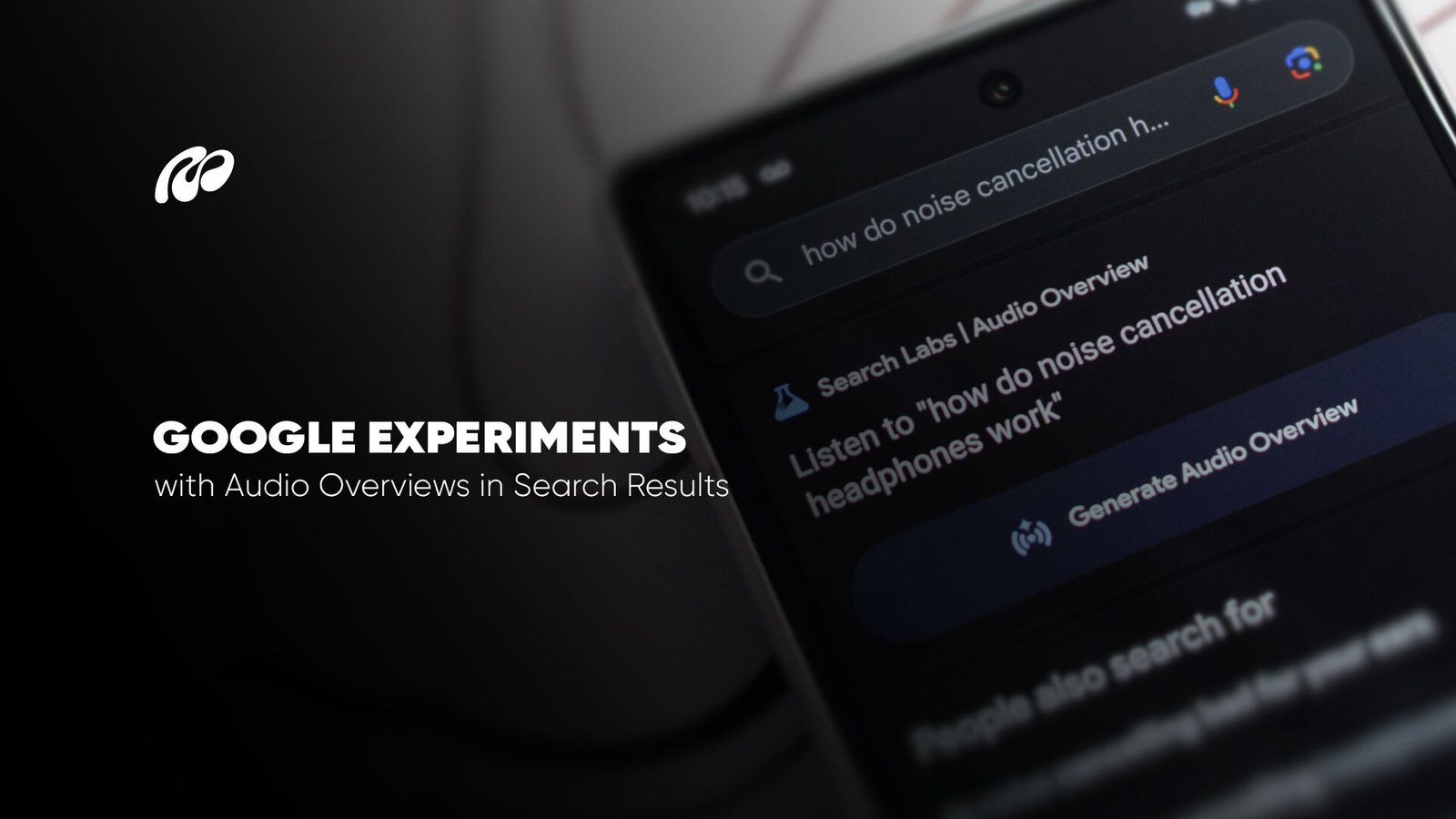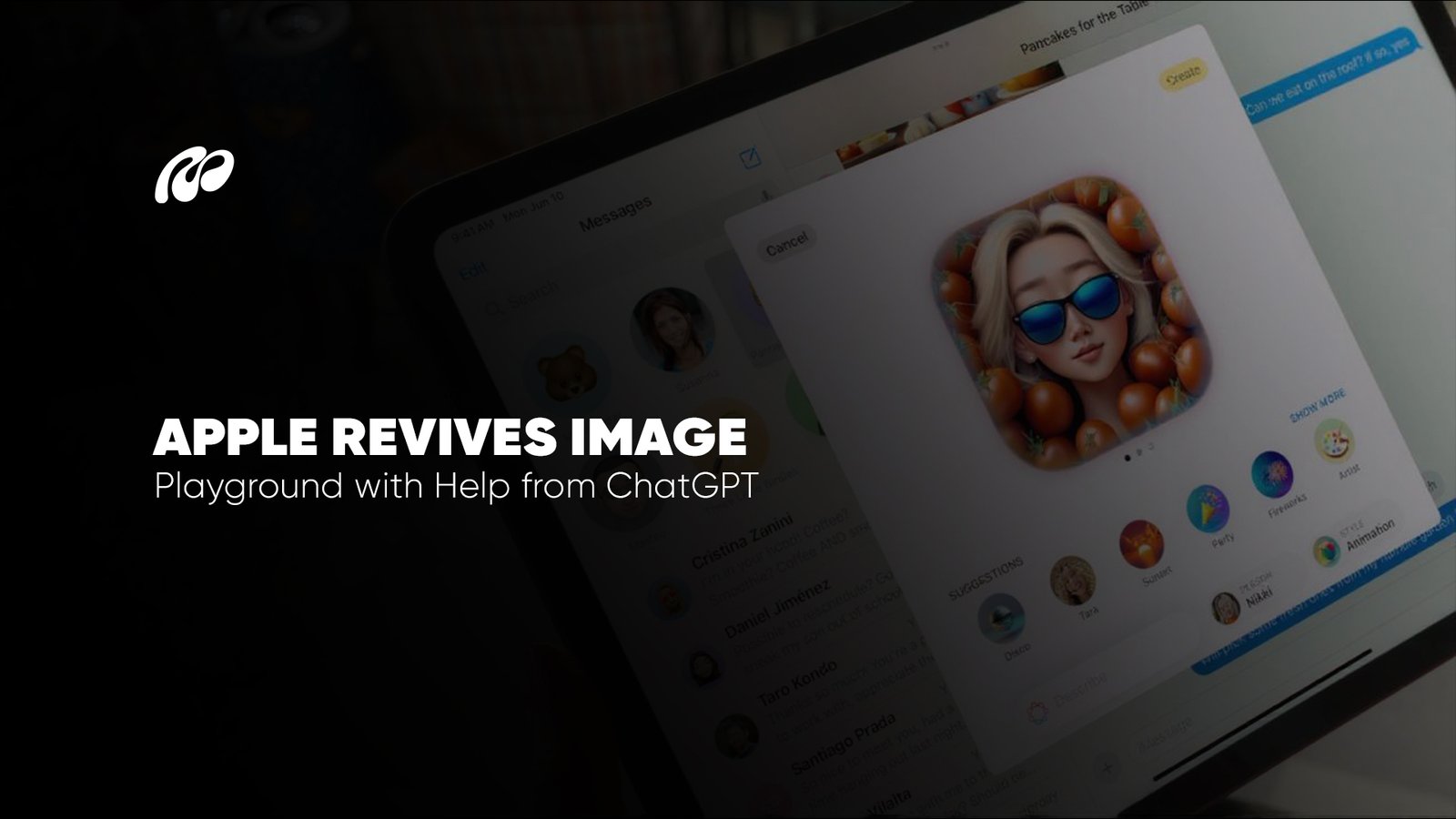Summary
- Apple smart glasses, expected to arrive by 2026, mark a major leap in wearable technology by offering voice-controlled features, real-time information, and AI-powered functionality in a sleek, everyday form.
- Competing directly with Ray-Ban smart glasses, Apple aims to set a new standard by fusing advanced hardware with deep integration across its ecosystem, from iPhones to iCloud and Siri.
- The company’s decision to drop its AI watch project emphasizes a strategic shift toward immersive experiences, indicating a clear preference for spatial interaction over traditional smartwatch formats.
- Enhanced software capabilities introduced through the latest iOS 18.4 updates are expected to power smart glasses with seamless synchronization, context-aware responses, and energy-efficient performance.
- Backed by Apple’s broader growth strategy, the company’s multi-year investment in infrastructure and AI technologies strengthens the foundation for future-ready devices like the upcoming Apple glasses.
- With the iPhone release date likely aligned with the smart glasses announcement, Apple’s next generation of launches could reshape the way users interact with the digital world, moving from handheld to heads-up experiences.
- Positioned for a major debut at an upcoming Apple launch or Apple’s next release event, the smart glasses represent a culmination of years of development aimed at redefining what intelligent, wearable technology can be in everyday life.
Apple is gearing up to reshape the future of wearable technology with the anticipated launch of its AI-powered smart glasses by 2026. Unlike traditional AR headsets, these glasses are expected to merge seamlessly with daily life, offering features like voice control, real-time notifications, and spatial audio without overwhelming the senses. Early industry speculation suggests they may align visually with conventional frames, a choice that positions Apple to appeal to both tech enthusiasts and mainstream users.
The smart glasses project comes as part of a broader strategy aimed at deepening Apple’s commitment to future-focused innovation. That vision is being backed by serious capital. In a move that signals the company’s aggressive expansion, Apple announced a $500 billion U.S. investment plan, supporting infrastructure, manufacturing, and job creation over the next four years. This financial commitment not only ensures the development of new products like Apple glasses but also strengthens the ecosystem that will power them, servers, processors, and AI research centers critical to real-time machine learning on-device.
While competitors like Ray-Ban smart glasses and Android-based wearables have made inroads, Apple’s upcoming product is likely to distinguish itself through tight ecosystem integration, likely syncing with Siri, iCloud, and potentially even the iPhone’s neural processing engines. With the next iPhone release date on the horizon, analysts suggest the company could use its Apple launch event as a dual unveiling, signaling a bold new era for wearable intelligence.
As anticipation builds, the tech world continues to track every signal from Cupertino. Whether these smart glasses become the next must-have device or a niche accessory may depend on how deeply Apple can fuse AI with usability, discretion, and design, a challenge the company seems financially and technologically prepared to meet.
Smart Glasses Preview
Apple’s forthcoming smart glasses are poised to become a cornerstone in its evolution toward AI-enhanced wearables. Expected to debut by 2026, these glasses are being designed with minimalistic elegance, looking like ordinary eyewear but embedded with cutting-edge features such as voice control, real-time translation, spatial audio, and app connectivity. Functionality is expected to revolve around deep integration with iOS and Siri, allowing for hands-free access to messages, directions, and digital content without needing to pull out an iPhone.
The shift toward more discreet, functional devices is a clear response to user demand for wearables that blend into everyday life without drawing attention. Much like the way Ray-Ban smart glasses have captured lifestyle markets, Apple glasses aim to combine sleek hardware with intelligent software, further strengthening the Apple ecosystem.
Interestingly, this product launch comes during a time when Apple is navigating complex regulatory and platform dynamics. The recent reinstatement of TikTok on Apple and Google app stores underscores how platform governance continues to influence app accessibility and user engagement. These shifts may affect how Apple structures app compatibility and content moderation on emerging wearables like smart glasses, particularly as social media and short-form content consumption evolve in more immersive formats.
By bridging hardware innovation with content flexibility, Apple’s strategy for its smart glasses signals more than just a new gadget, it reflects the company’s broader ambitions to shape the way people perceive and interact with the digital world.
Apple Drops AI Watch Plans
In a significant strategic redirection, Apple has officially halted development on its experimental AI-powered smartwatch, a device that was initially envisioned to feature a built-in camera and advanced visual recognition capabilities. This decision is not a retreat from wearable innovation, but rather a calculated shift in priorities. Apple appears to be focusing its efforts and resources on devices with greater long-term potential, most notably its upcoming smart glasses, which are expected to offer a more seamless and immersive integration of artificial intelligence into users’ everyday lives.
Unlike the AI watch, which may have presented limitations in terms of screen space, interface complexity, and redundant overlap with existing Apple Watch functions, smart glasses open the door to a more natural and discreet user experience. These glasses are expected to incorporate voice-based control via Siri, real-time translation, AR-enhanced visuals, and hands-free access to notifications, all built into a lightweight form factor designed for everyday wear. The shift underscores Apple’s recognition that the future of wearables lies not in shrinking screens onto wrists but in extending digital environments directly into the user’s line of sight.
This pivot aligns with broader developments observed across Apple’s product ecosystem. According to ongoing AI news coverage by Digital Software Labs, the company is aggressively investing in AI integration across its hardware lineup, from iPhones and iPads to spatial computing platforms. Recent product developments suggest Apple is aiming to unify its software and hardware experiences, ensuring that any wearable technology, whether glasses or other devices, delivers a fluid, intelligent response to user needs.
Adding momentum to this transition is the upcoming iOS 18.4 release, which is expected to bring a series of under-the-hood improvements designed to support smarter cross-device interactions. Features in this update are likely to improve background processing, energy efficiency, and voice input responsiveness, all vital components for the Apple smart glasses to function effectively without burdening the user with manual inputs or frequent charging.
By dropping the AI watch and concentrating on smart glasses, Apple is positioning itself to define the next chapter in wearable tech. The move reflects not only a refinement of Apple’s product strategy but also a broader trend in the tech industry: a transition from screen-based interfaces to more ambient, context-aware experiences. Rather than merely replicating smartphone functions in smaller formats, Apple appears focused on extending intelligence into wearables that enhance life naturally, with less friction and more intuition.
This decision also suggests a commitment to long-term vision over short-term novelty. Instead of launching fragmented hardware for niche use cases, Apple is aligning its ecosystem around a central theme: intelligent assistance that feels invisible. With the right blend of hardware precision and software sophistication, the upcoming Apple glasses could very well become the defining product of the company’s wearable future.





